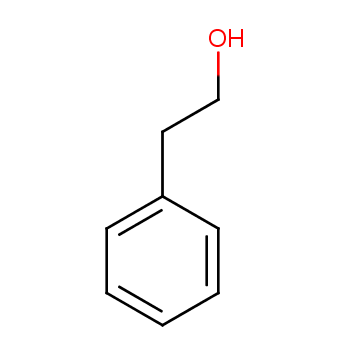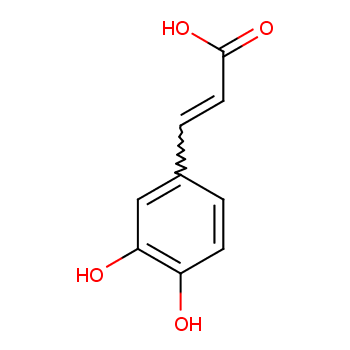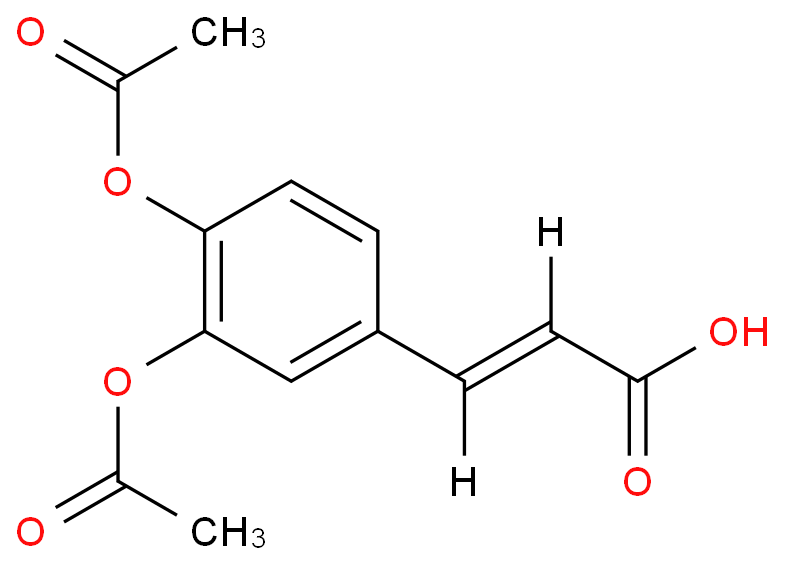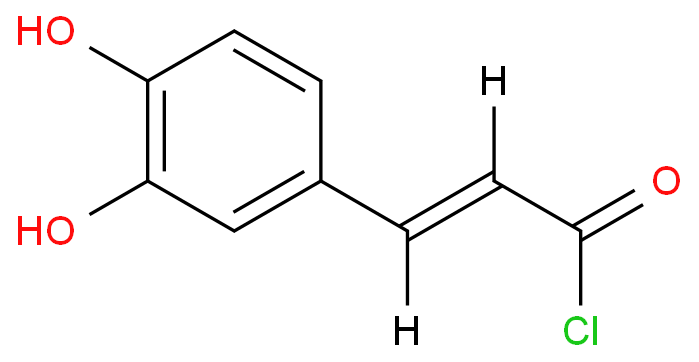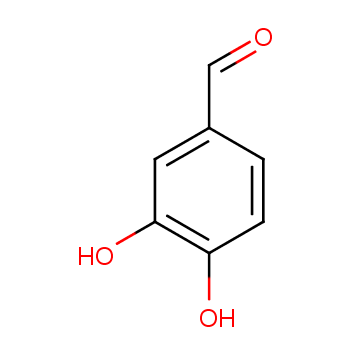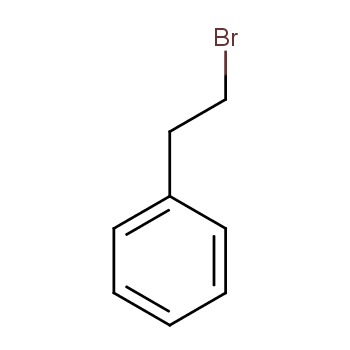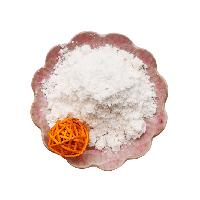Phenethyl caffeate, with the chemical formula C17H16O4 and CAS registry number 104594-70-9, is a compound known for its potential health benefits. This compound is a derivative of caffeic acid and is commonly found in various plants, including fruits, vegetables, and herbs. Phenethyl caffeate has been studied for its antioxidant and anti-inflammatory properties, which may contribute to its potential therapeutic effects. Research suggests that this compound may have anticancer, neuroprotective, and cardioprotective activities. Additionally, phenethyl caffeate has been investigated for its potential role in the prevention and treatment of various diseases, including diabetes, obesity, and cardiovascular disorders. Further studies are needed to fully understand the mechanisms of action and potential applications of phenethyl caffeate. Overall, this compound shows promise as a natural bioactive compound with potential health benefits.
View more+
1. Names and Identifiers
2. Properties
3. Use and Manufacturing
4. MSDS
5. Synthesis Route
6. Precursor and Product
7. Computed Properties
10. Related Questions
11. Realated Product Infomation
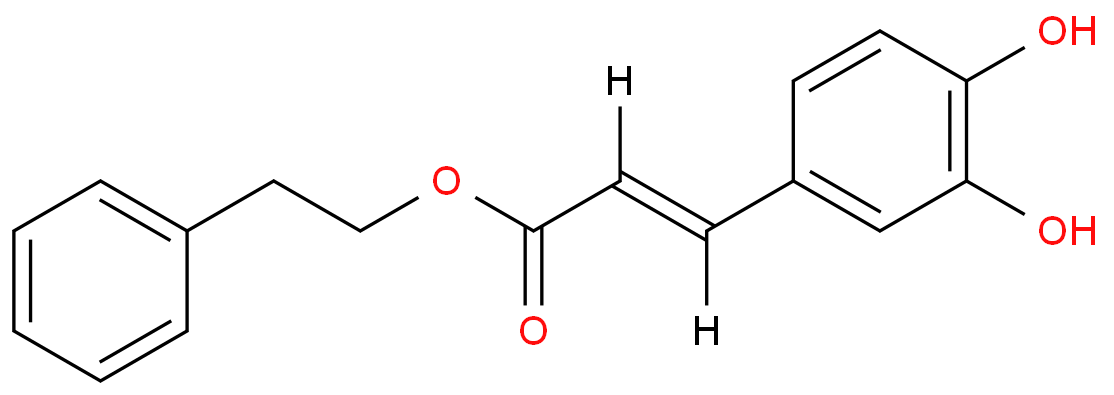
 EN
EN


